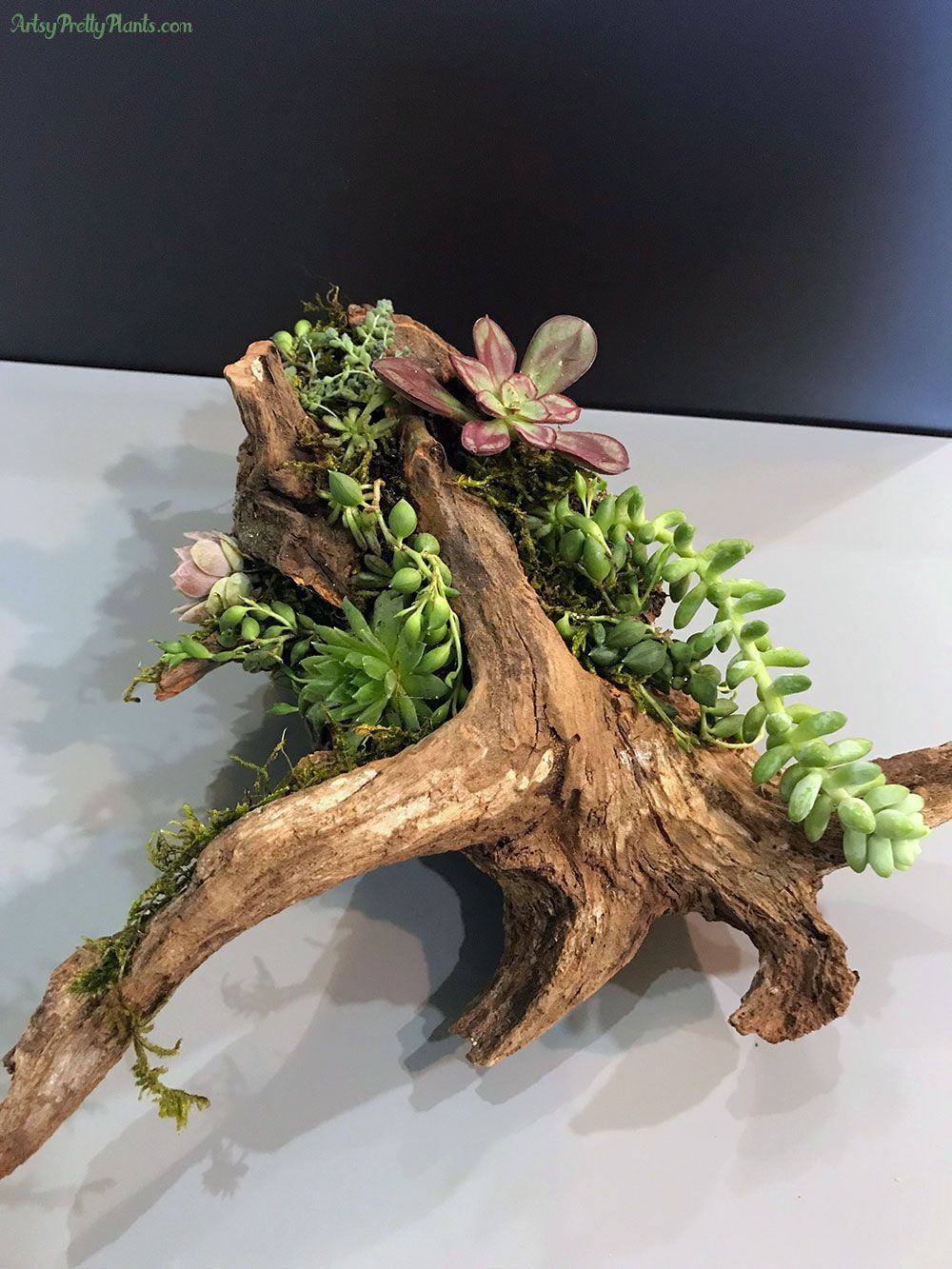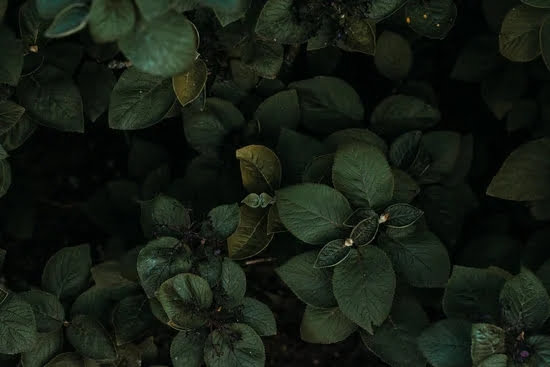Are you a beginner looking to start your own flower garden but not sure where to begin? Look no further.
In this article, we will provide you with flower gardening ideas for beginners, including tips on how to choose the right flowers for your garden, essential tools and supplies you’ll need, selecting the perfect location, preparing the soil, easy-to-grow flower varieties, watering and fertilizing tips, dealing with pests and diseases, creative design ideas and maintaining your garden throughout the seasons.
When it comes to choosing the right flowers for your garden as a beginner, it’s important to consider factors such as climate, sunlight exposure, soil type, and maintenance requirements. We will guide you through the process of selecting flowers that are well-suited for beginners and offer a visually stunning display in your garden.
In addition to flower selection, we will also cover essential tools and supplies needed for successful flower gardening. From shovels to watering cans, we’ll provide a comprehensive list of items that will help make your gardening experience more enjoyable. So if you’re ready to take the plunge into the world of flower gardening, keep reading for valuable insights and tips.
Essential Tools and Supplies for Flower Gardening
When it comes to flower gardening, having the right tools and supplies is essential for success. Here are some essential items that every beginner flower gardener should have:
Gardening Gloves
Protect your hands from thorns, sharp edges, and dirt by investing in a good pair of gardening gloves. Look for a pair that is durable and offers good grip.
Hand Trowel
A hand trowel is a must-have tool for flower gardening. Use it for planting, transplanting, and weeding. Look for a trowel with a comfortable handle and a sturdy blade.
Garden Fork
A garden fork is useful for turning and aerating the soil in your flower garden. It can also be used to loosen compacted soil and mix in amendments.
Watering Can or Hose
Proper watering is crucial for the health of your flowers. Invest in a good quality watering can or hose to ensure that your flowers receive the right amount of water.
Pruning Shears
Keep your flowers looking their best by regularly pruning dead or damaged growth. A pair of sharp pruning shears will make this task much easier.
In addition to these tools, you’ll also need supplies such as potting mix, mulch, fertilizer, and plant markers. By having these essential tools and supplies on hand, you’ll be well-equipped to start your flower gardening journey with confidence.
Selecting the Perfect Location for Your Flower Garden
When it comes to flower gardening, one of the most crucial decisions is determining the location of your garden. The right location can make a significant difference in the success and overall health of your flowers. Here are some factors to consider when selecting the perfect spot for your flower garden:
1. Sunlight: Most flowering plants require at least 6 hours of sunlight per day. When choosing a location, consider the amount of sunlight that area receives throughout the day.
2. Soil quality: The type and quality of soil in your chosen location will greatly impact the growth and health of your flowers. Consider testing your soil’s pH levels and composition to ensure it is suitable for growing flowers.
3. Drainage: Good drainage is essential for healthy plants. Avoid areas with poor drainage as this can lead to waterlogged soil, which can be detrimental to flower growth.
Once you have carefully considered these factors, you can start preparing the chosen area for planting. This involves clearing any debris, weeds or rocks from the site and ensuring proper irrigation if necessary.
Overall, selecting the perfect location for your flower garden sets the stage for successful flower growth and bountiful blooms. With careful consideration and planning, you can create a beautiful space filled with vibrant and healthy flowers that will bring joy to both you and others who see them.
For more information on flower gardening ideas for beginners or tips on maintaining a beautiful flower garden, continue reading our article or visit our website for additional resources.
Preparing the Soil for Planting
Before you start planting your beginner flower garden, it’s crucial to prepare the soil properly. Healthy soil is the foundation for beautiful and thriving flowers. Start by removing any weeds, rocks, or debris from the area where you plan to plant. Once the area is clear, it’s time to till the soil. Use a garden fork or tiller to break up the soil and improve its texture.
After tilling, it’s important to amend the soil with organic matter such as compost or well-rotted manure. This will improve drainage, add nutrients, and enhance the overall quality of your soil. Mix the organic matter into the soil thoroughly using a rake or shovel.
Finally, consider testing your soil’s pH level. Most flowers prefer slightly acidic soil with a pH between 6 and 7. You can purchase a DIY soil test kit at your local gardening center or cooperative extension office to ensure that your soil has the right pH balance for your chosen flowers.
| Element | Ideal Level |
|---|---|
| Nitrogen (N) | 25 mg/kg |
| Phosphorus (P) | 15 mg/kg |
| Potassium (K) | 50 mg/kg |
Properly preparing your soil before planting will set your flower garden up for success and ensure that your flowers have everything they need to flourish.
Remember that this is an essential step in ensuring that your flower garden thrives and yields beautiful blooms throughout the season.
Easy-to-Grow Flower Varieties for Beginners
If you’re new to flower gardening, it’s important to start with easy-to-grow flower varieties that will give you a sense of accomplishment and success as you begin your gardening journey. There are several types of flowers that are known for their resilience and low-maintenance qualities, making them perfect for beginners.
Some popular options include marigolds, zinnias, petunias, and sunflowers. These flowers are not only beautiful but also relatively easy to care for, making them ideal choices for those just starting out in flower gardening.
Another great option for beginner flower gardeners is the impatiens plant. Known for their bright and vibrant colors, impatiens thrive in shady areas, making them perfect for adding a pop of color to spaces where other flowers may struggle to grow.
Additionally, geraniums are another easy-to-grow flower variety that can add a splash of color to any garden. With their cluster of small blooms and tolerance to varying conditions, geraniums are a great choice for beginners looking to add some visual interest to their flower garden.
For those looking to attract pollinators such as butterflies and bees, consider planting some cosmos or black-eyed susans. These flowers not only add beauty to your garden but also serve an important ecological purpose by providing nectar and pollen for beneficial insects. By starting your flower garden with these easy-to-grow varieties, you can gain confidence in your gardening skills while enjoying the beauty they bring to your outdoor space.
As a beginner in flower gardening, it’s important to choose flowers that are well-suited to your specific climate and growing conditions. Before selecting which flowers to plant in your garden, take some time to research which types will thrive in your area. By choosing the right plants from the start, you’ll set yourself up for a successful and enjoyable experience with flower gardening.
Tips for Watering and Fertilizing Your Flowers
Watering and fertilizing are crucial aspects of flower gardening, especially for beginners. Proper watering and fertilizing can help your flowers thrive and bloom beautifully. Here are some useful tips for ensuring that your flowers receive the right amount of water and nutrients.
Watering Your Flowers
When it comes to watering your flowers, it’s important to find the right balance. Overwatering can lead to root rot, while under-watering can cause wilting and stunted growth. The best time to water your flowers is in the early morning or late afternoon when the sun is not too intense. This allows the water to permeate the soil and reach the roots before evaporating.
It’s also important to water at the base of the plants rather than from overhead, as wet foliage can increase the risk of disease. Consider using a soaker hose or drip irrigation system for efficient and targeted watering. Additionally, pay attention to signs of dehydration in your flowers such as drooping leaves, and adjust your watering schedule accordingly.
Fertilizing Your Flowers
Fertilizing provides essential nutrients that may be lacking in the soil, promoting healthy growth and abundant blooms. Before adding fertilizer to your flower garden, it’s important to test the soil to determine its nutrient levels. This will help you choose the right type of fertilizer and ensure that you’re not overfeeding or undernourishing your plants.
For beginners, a slow-release granular fertilizer applied according to package instructions is a convenient option. Alternatively, organic options such as compost or aged manure can provide natural nutrients without the risk of chemical burn. Be sure not to over-fertilize, as this can result in excessive leafy growth at the expense of flowering. A general rule of thumb is to fertilize established flower beds once or twice a year, typically in spring and mid-summer.
By following these tips for watering and fertilizing your flowers, you can promote healthy growth and vibrant blooms in your garden. Remember that consistency is key when it comes to maintaining optimal moisture levels and providing essential nutrients for your beloved plants.
Dealing With Common Pests and Diseases in Flower Gardens
When starting a flower garden, it is important to be aware of the common pests and diseases that may affect your plants. Here are some tips to help you identify and manage these issues:
1. Identification: Learn to recognize common pests such as aphids, snails, and caterpillars, as well as diseases like powdery mildew and leaf spot. Regularly inspect your plants for any signs of infestation or disease.
2. Natural Remedies: Consider using natural remedies to control pests and diseases in your flower garden. For example, you can introduce beneficial insects like ladybugs or lacewings to prey on aphids, or use organic fungicides to combat fungal diseases.
3. Good Garden Practices: Practicing good garden hygiene can also help prevent the spread of pests and diseases. Remove any dead or diseased plant material, keep the garden clean and tidy, and avoid overcrowding plants to improve air circulation.
Additionally, consider planting companion flowers and herbs that naturally repel pests or attract beneficial insects. Marigolds, lavender, and chives are just a few examples of plants that can help deter unwanted visitors from your flower garden.
By being proactive in identifying and managing common pests and diseases in your flower garden, you can ensure that your plants remain healthy and vibrant throughout the growing season.
Creative Flower Garden Design Ideas for Beginners
Creating a beautiful and visually appealing flower garden is a goal for many beginners in the world of gardening. With the right flower gardening ideas for beginners, you can easily design a stunning and vibrant garden that will bring joy and color to any outdoor space.
One of the most important factors to consider when designing your flower garden is the layout and arrangement of your plants. Think about the overall aesthetic you want to achieve – whether it’s a wild and natural look or a more structured, formal design. You can create visual interest by using different heights, colors, textures, and shapes in your flower beds. Consider incorporating vertical elements such as trellises or arbors to add dimension to your garden.
Another creative idea for beginner flower gardeners is to incorporate themed or color-coordinated planting schemes. This could involve choosing flowers of similar hues or creating a garden with a specific theme, such as a cottage garden filled with old-fashioned favorites like roses, daisies, and lavender. Using a color wheel can also help you choose complementary or contrasting colors for a visually striking display.
Lastly, don’t forget about the hardscape elements in your flower garden design. Add pathways, borders, or even decorative containers to enhance the overall look of your garden. These elements can help define different areas within your garden and provide structure to your design.
By incorporating these creative flower gardening ideas for beginners into your design process, you can create a visually stunning flower garden that will delight both you and anyone who visits your outdoor space. With careful planning and consideration of these design tips, you’ll be well on your way to achieving a beautiful and thriving flower garden.
Maintaining and Caring for Your Flower Garden Throughout the Seasons
In conclusion, flower gardening can be a rewarding and enjoyable experience for beginners, as long as they have the right guidance and knowledge to get started. With the right flowers, tools, location, soil preparation, and care techniques, anyone can create a beautiful and thriving flower garden.
By choosing the right flowers for their garden based on their preference and regional climate, beginners can set themselves up for success from the start. Essential tools and supplies are necessary for proper maintenance and care of a flower garden, and selecting the perfect location with adequate sunlight and drainage is crucial for the health of the plants.
It’s important for beginners to also understand how to deal with common pests and diseases that may affect their flower garden. By learning about easy-to-grow flower varieties specifically suited for beginners’ gardens, they can ensure a successful growing experience.
With careful watering, fertilizing, creative design ideas, and ongoing maintenance and care throughout the seasons, beginners can enjoy a beautiful flower garden all year round. With these flower gardening ideas for beginners in mind, anyone can develop their own green thumb with patience and dedication.

Welcome to my gardening blog! I am passionate about plants and enjoy sharing my knowledge and experiences with others. In this blog, I will write about everything related to gardening, from tips on how to get started to updates on my own garden projects.





